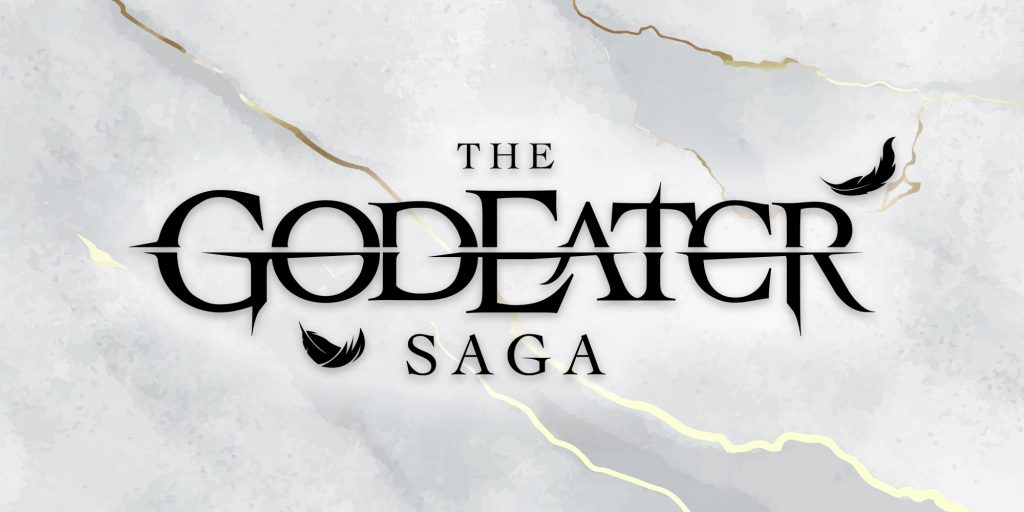This is something I’ve been thinking about for a while. When I set out writing a book, I tend to aim for about 100,000 words as a very basic length. I believe that each book will be as long as it needs to be though, so if it goes over that… excellent. But I’ve noticed over the past couple of years that my books are going over that consistently where before they didn’t. My books are getting longer. Last year, I wrote a 160k word novel and a 190k word novel. It’s the 190k word novel I want to look at specifically.
That 190k word novel turned out to be Spirits of Vengeance (the 3rd Mortal Techniques book). It was never meant to be that long. When I set out writing it, I had an idea of where it would begin, where the rough 50% mark would be at about 50k words, and where it would end at about 100k words. And yet, it almost doubled that length. And I know why.
Connecting scenes. Scenes where the characters get from A to B. Sometimes this means literal travelling and sometimes figurative travelling. The thing is, I realised while I was writing Spirits of Vengeance somewhere near the beginning, my characters were lurching from one set piece to another in order to drive the plot forward. The more I thought about it, the more stilted it felt. The characters weren’t naturally progressing through the story, or through their growing relationships. It was like watching a Lord of the Rings, stepping out for five minutes to make a cuppa, and coming back to find the hobbits were no longer at the prancing pony, but were at Elrond’s council. And Aragorn was no longer a sinister figure, but was instead the rugged hero.
Luckily, I noticed this quite early on in Spirits, so I decided to fix it. I decided the story needed connecting scenes to show that this wasn’t season 8 of Game of Thrones and travel wasn’t instantaneous. I also decided it needed what I lovingly referred to as side quests. It needed goals for the characters to achieve that weren’t directly plot related. An infestation of spirits, haunted mines, a bandit attack… whatever. It needed to be longer in order to feel realistic.
The trick became then making those connecting scenes and side quests relevant so that they didn’t feel like filler. So I packed them with character development, wove each one into the progression of the characters, used them to hint at the wider world and how the events that were happening would affect that world. I made sure the side quests were relevant to the main story.
And so the book grew and grew and grew. I think I used to also look at my books like a film. Films have a very limited run time so almost everything has to be directly related to the plot in a very real and immediate sense. Often times that means some of the slower, character development scenes get left on the cutting room floor. It’s why you occasionally find Director’s Cuts to be both longer and much better. The film can be longer so takes its time to explore things more fully. But more recently I’ve started to think of my books more like TV series than films. It’s a small distinction in some ways, but large in others. A TV series gives time for the world and characters to breathe, to progress more naturally so they don’t feel like they’re lurching from one plot point to the next.
Just to finish on a relevant comparison. Never Die, the first book in the Mortal Techniques, is about 100k words. Just over half the length of Spirits. There are a couple of connecting scenes in Never Die, but not many. It’s a very focused book, racing from plot point to plot point without much time to breathe. It was no mistake that I wrote it that way, it was very much based on martial arts films. In my head, while I was writing it, it played out like Hero or Crouching Tiger. But when I wrote Spirits I had a very different format in my head. I was thinking more along the lines of Samurai Champaloo or Fullmetal Alchemist; limited series definitely much longer than a film, but with a clear beginning, middle, and end.
So Spirits is a very different book to Never Die. It’s longer, yes, but it’s longer for a reason. It takes its time to explore the characters and their relationships. It fleshes out the world more and tells you why the events will matter, not just to the characters you’re following, but to everyone living in the world.
And I’m finding that this lesson I’ve learned about connecting scenes is sneaking in my other projects. I’m writing a new book at the moment and I keep thinking: OK, this chapter my character need to BE here and DO this. But then I keep wondering, but how do they GET there? What happens in between? Gotta make that interesting so lets have these characters talk/argue about this or have this character muse about the nature of why there’s a giant spider just sitting in the shadows watching them instead of attacking.
It’s a work in progress. I’m learning and (hopefully) improving as I go. But it probably means that moving forwards… my books will be longer. Oh well. 😀

